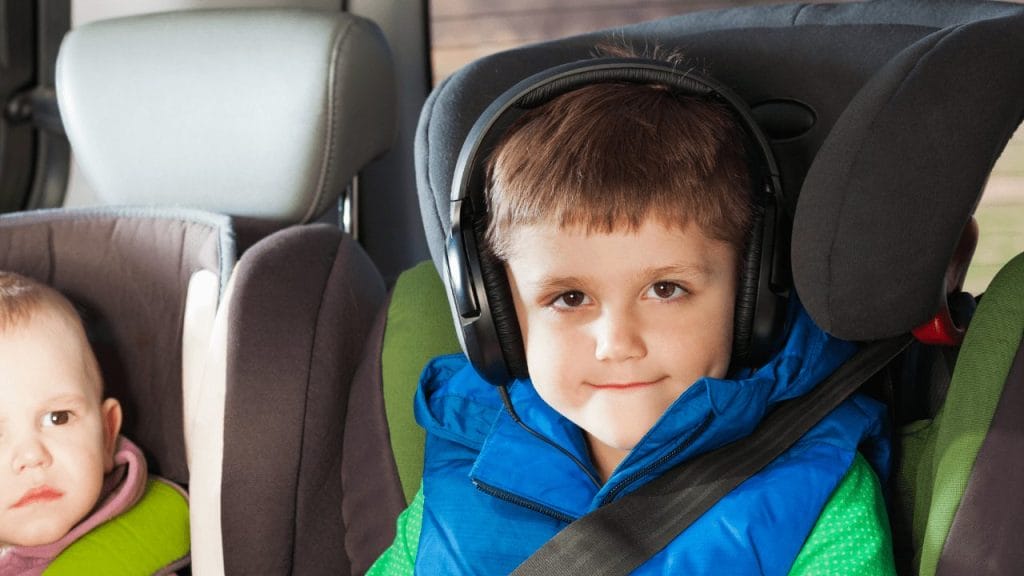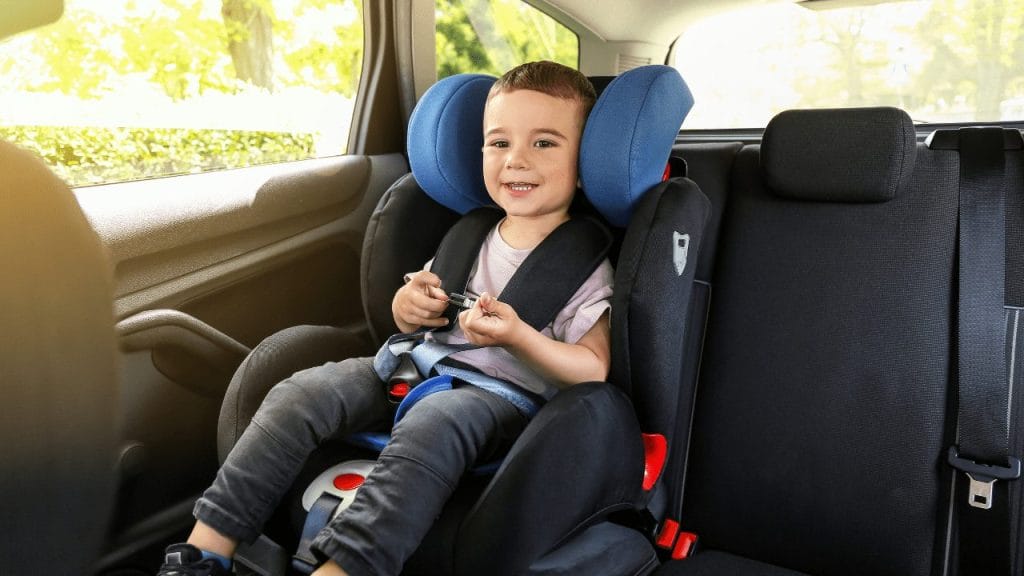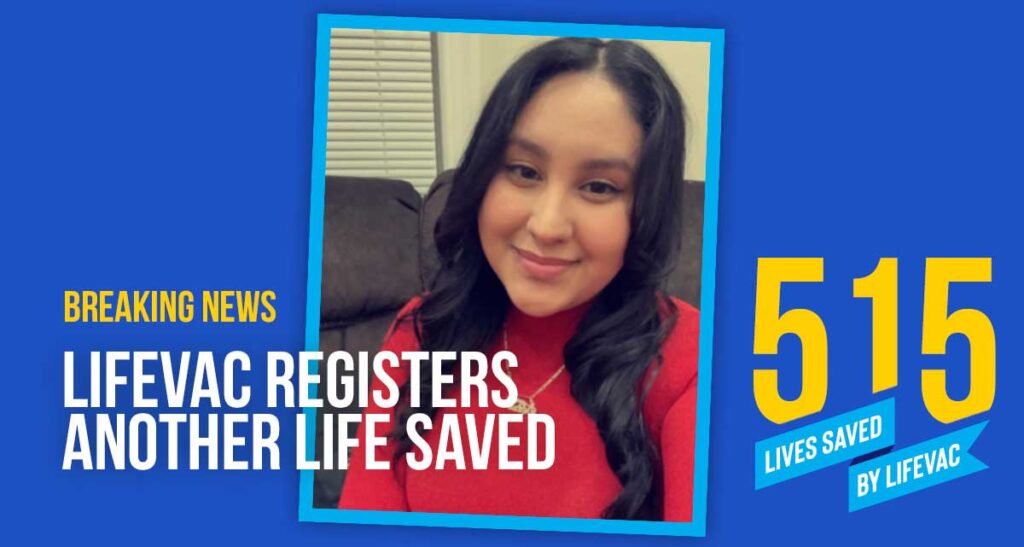Driving with kids is a routine part of family life, but it’s packed with challenges and responsibilities. Ensuring child safety in the car, no matter how short the trip, is crucial.
Here are some essential tips to help you navigate these daily journeys with ease and peace of mind.
1. Teach them to Respect the Driver
Educate your child about the importance of not distracting the driver. Explain why behaviors like shouting or kicking the seat can be dangerous.
If you’re distracted, or if your child needs attention, always pull over safely before addressing the issue.
2. Body Inside the Car
Kids are naturally curious and sometimes get bored in the car. So, they start playing, looking out the window, or complaining about the seat belt.
However, it’s important to teach them to keep their arms, legs, and head inside the vehicle at all times, whether it’s moving or parked.
Of course, always ensure that your child understands the importance of keeping their seat belt securely fastened at all times.
Also, praise goes a long way. Encourage good behavior in the car, like staying buckled up and not tampering with locks or windows. This positive reinforcement can foster safe habits.

3. Secure Loose Items for Child Safety in the Car
Don’t forget to store any loose items in your car in the glove compartment or the boot. In an accident, these items can become projectiles and increase the risk of injury.
4. Safe Car Entry and Exit
Emphasize child safety by practicing getting in and out of the car on the curbside, away from passing traffic. This habit greatly reduces the risk of roadside accidents.
5. The Seat Belt Rule
A well-stocked car is a cornerstone of child safety. Include essentials like a first-aid kit, spare clothing, and items to comfort and entertain your child.
6. Temperature Control
Be mindful of the car’s interior temperature. Cars can heat up quickly, even in mild weather, posing a risk to children. Always make sure the car is comfortably cool or warm before putting your child inside.
7. Education on Emergency Situations
For older children, educate them on basic safety procedures and what to do in an emergency, like how to call for help.
8. Music and Audiobooks
Use music or audiobooks that are appropriate and enjoyable for children. This can keep them calm and engaged, especially during longer trips.

9. Seat Belt Covers and Padding
If the seat belt rubs against your child’s neck or is uncomfortable, consider using a seat belt cover or padding for additional comfort without compromising safety.
10. Set a Good Example
Always wear your seat belt and follow road safety rules. Children often mimic adult behavior, so setting a good example is crucial for instilling safe habits.
11. In-Car First Aid Kit
Always have a well-stocked first aid kit in your car. This should include band-aids, antiseptic wipes, and any specific medication your child might need.
12. Choking Prevention
When it comes to child safety in the car, preparedness for choking emergencies is crucial. It’s a scenario that any parent hopes to never face, but being prepared can make all the difference.
Choking risks can increase during car rides, especially for young children who might eat snacks or play with small toys in their seats. Knowing how to respond quickly and effectively is a vital part of ensuring child safety.

To enhance your readiness for such situations, incorporating LifeVac into your child safety kit is a wise decision. LifeVac is a life-saving device designed specifically to address choking emergencies.
It provides a quick, effective solution when conventional choking response methods are not successful. Compact and easy to use, LifeVac is designed for both children and adults, making it a versatile tool for enhancing child safety on the road.
Click here to learn more about the medical device that has saves lives around the world every day!



